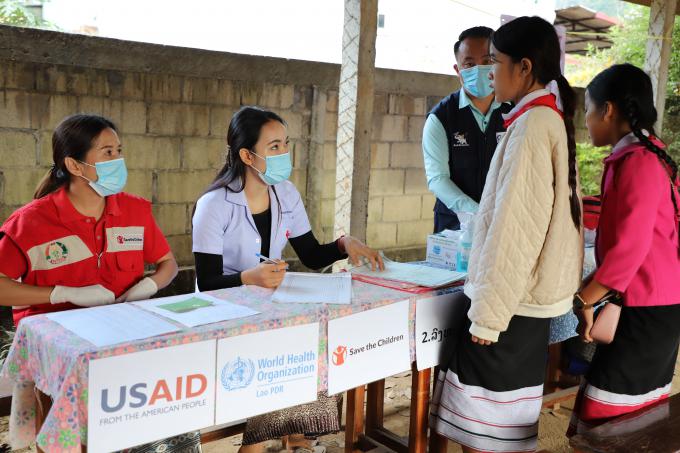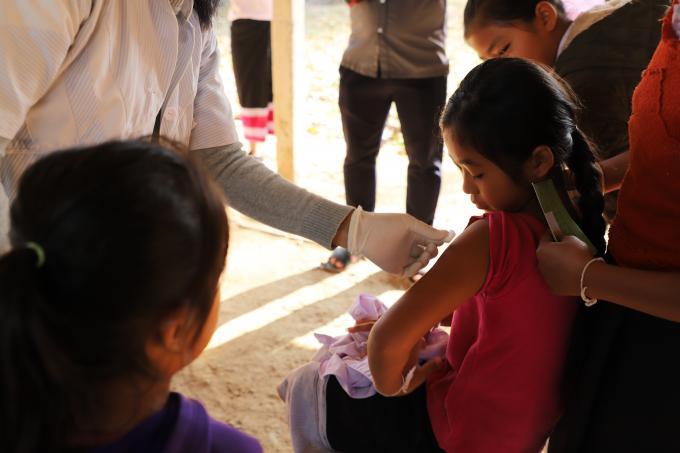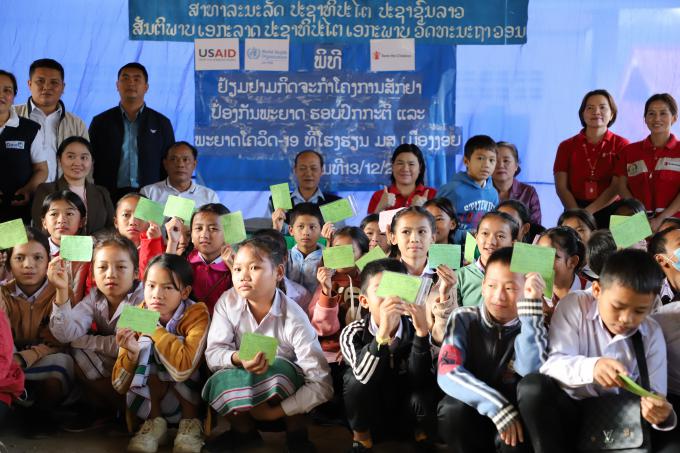Strengthen health, strengthen the nation
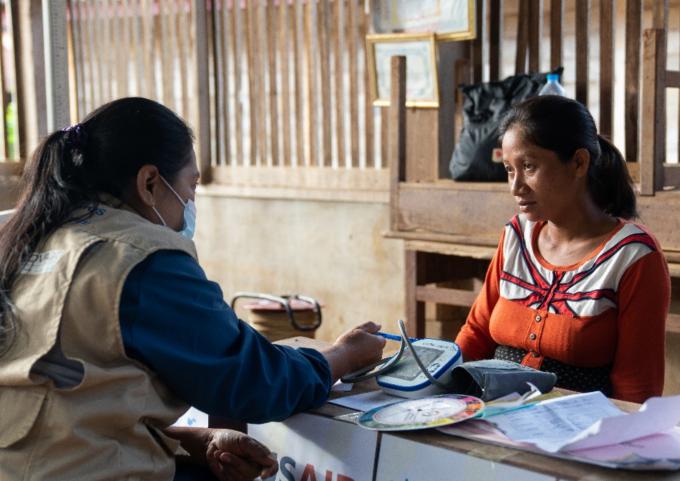
Ensuring the health and well-being of everyone is crucial for the development of a nation.
One of Laos' strengths, besides its natural resources, is its young population, making up more than 60 percent of the total population. They have the potential to contribute to the country's development and hold the nation’s future in their hands.
Like many rural areas in Laos, some districts in Luang Prabang face significant health disparities, particularly when it comes to children – as well as people over the age of 60, people with disabilities or limited mobility, and other groups.
Promoting community health in rural provinces is a multi-faceted effort that requires collaboration between government agencies, international and non-governmental organisations, and local communities.
While WHO has formally declared COVID-19 is no longer a public health emergency, the virus is still circulating, still making people ill, and still changing. More COVID-19 boosters continue to arrive in the country, with additional boosters essential to protect the health of those aged 60 and above, pregnant women, and those with underlying health conditions. It is now time to integrate COVID-19 boosters with routine immunization, like cervical cancer.
Last month, students at Ngoi Secondary School were one of many groups across the province to receive educational briefings and vaccinations to protect them against tetanus, cervical cancer and/or COVID-19.
The efforts were one of the key components of a health project of Save the Children International in Laos funded by USAID through the World Health Organization Lao PDR, took place in 11 districts and one municipality in Luang Prabang province.
Vaccinations and outreach started in October, 2023 and the primarily aim of the project was to ensure the highest possible coverage in the province, especially in hard to reach and remote areas, and for those with limited mobility, to ensure that as many people as possible enjoy good health.
By cooperating with provincial and district health offices and related sectors, the project resulted in the improvement of COVID-19 vaccination coverage, awareness of COVID-19 information and other seasonal diseases as well as maintaining regular maternal and child health services to communities and health facilities. The project directly reached more than 300,000 people through the mobile clinics integrated with COVID-19 vaccination and Maternal and Child Health. Nearly 16,000 were accessed to routine RMNCAH services, and over 15,000 people received a COVID-19 vaccine or a booster, or other vaccinations.
The Health Office head in Ngoi district, Mr Chanthy Keomanivong, said "We integrated vaccinations into our health activities to ensure that everyone receives the necessary protection.”
“Overall, our district provides reasonable health services, especially in remote and hardship areas, and we have mobile health teams to ensure that all communities are served. We are grateful for this project and the support it provides in helping us to make progress in ensuring that more people have access to health services, especially in hard-to-reach areas” he added.
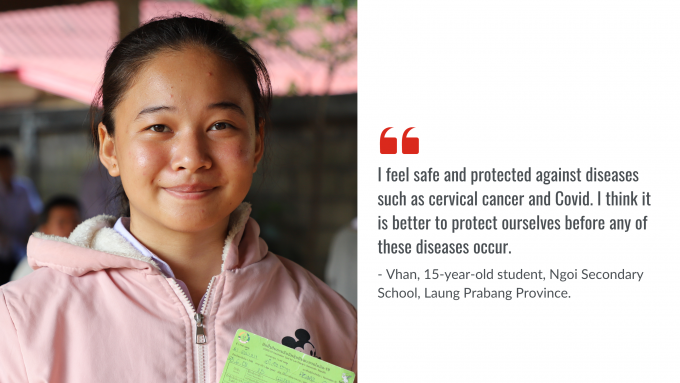
When vaccinations were administered at Ngoi Secondary School, a 15-year-old in Grade 5 said she has now received three Covid vaccinations, two cervical cancer vaccinations, and one tetanus injection.
“I feel safe and protected against diseases such as cervical cancer and Covid. I think it is better to protect ourselves before any of these diseases occur.”
The Sustainable Development Goals are a set of global objectives established by the United Nations to address various social, economic and environmental challenges. Goal 3 specifically focuses on ensuring healthy lives and promoting well-being among people of all ages.
Within this broader goal are specific targets related to healthcare. Health in remote areas of Laos faces various challenges, many of which are linked to these regions' geographical, social, and economic contexts.
Some key challenges to health in remote areas include limited access to healthcare facilities, limited numbers of health workers, poor infrastructure and transportation, limited health education and awareness, water and sanitation challenges, malnutrition and food insecurity, and cultural and linguistic barriers.
Laos aims to achieve universal health coverage by 2025, a time when everyone can access quality health services without restrictions.
Source by: Vientiane Times, Photos by: Save the Children International in Laos | WHO Lao PDR
 Laos
Laos 